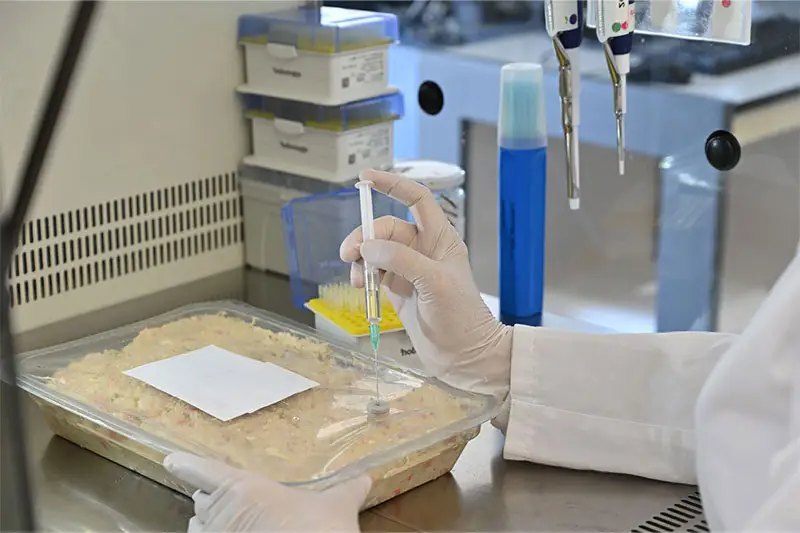Detection of Pathogenic Microbes in Face Creams
The detection of pathogenic microbes in face creams is a critical step in ensuring consumer safety and compliance with international standards. This service focuses on identifying potential pathogens that could cause contamination, which can lead to severe health issues such as skin infections or allergic reactions. For quality managers, compliance officers, R&D engineers, and procurement professionals working in the cosmetics sector, this testing ensures adherence to regulations and maintains brand integrity.
The process involves a series of steps designed to extract and analyze samples from face creams for the presence of specified pathogens. This includes using advanced microbiological techniques such as culture-based methods and molecular biology approaches like PCR (Polymerase Chain Reaction). Culture-based methods are particularly useful in identifying known bacteria, fungi, and other microorganisms that can cause infections.
For procurement professionals, it is essential to understand the importance of selecting suppliers who adhere to stringent testing protocols. This ensures that every batch of face cream meets not only local but also international standards for safety and quality. In this context, compliance with ISO 22716:2013 (Cosmetics — Good Manufacturing Practice) is crucial.
Compliance officers should be aware of the legal implications of failing to conduct such tests. Non-compliance can result in product recalls, fines, and damage to brand reputation. By ensuring that all products undergo thorough microbiological safety testing, companies can protect themselves against these risks while also safeguarding public health.
Applied Standards
| Standard | Description |
|---|---|
| ISO 22716:2013 | International Organization for Standardization guideline for good manufacturing practice in the cosmetics industry. |
| ASTM E2583-17 | American Society for Testing and Materials standard method for detection of microorganisms in cosmetic products. |
| Pathogen | Acceptable Limit (CFU/g) |
|---|---|
| Bacillus cereus | <1 CFU/g |
| Pseudomonas aeruginosa | <10 CFU/g |
| Staphylococcus aureus | <1 CFU/g |
Why Choose This Test
- Ensures compliance with international standards such as ISO 22716:2013 and ASTM E2583-17.
- Reduces the risk of product recalls due to contamination issues.
- Protects brand reputation by maintaining high-quality standards.
- Avoids legal penalties associated with non-compliance.
The test is essential for quality managers and R&D engineers who need to ensure that their products meet strict safety criteria. By choosing this service, they can rest assured that their cosmetics are free from harmful pathogens, thereby enhancing consumer confidence.
International Acceptance and Recognition
- The results of this test are widely accepted across Europe and the United States, ensuring seamless exportation and distribution.
- Compliance with these tests is recognized by regulatory bodies worldwide, including the European Commission and FDA (Food and Drug Administration).
- This service aligns with global trends towards increased safety in personal care products, making it a preferred choice for international markets.
The high acceptance rate of this test contributes significantly to the reliability and reputation of the cosmetic industry. It demonstrates a commitment to excellence that can set companies apart in competitive markets.





